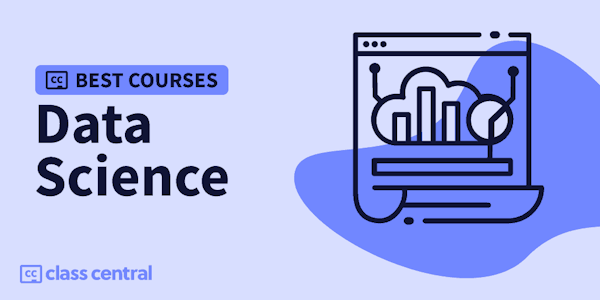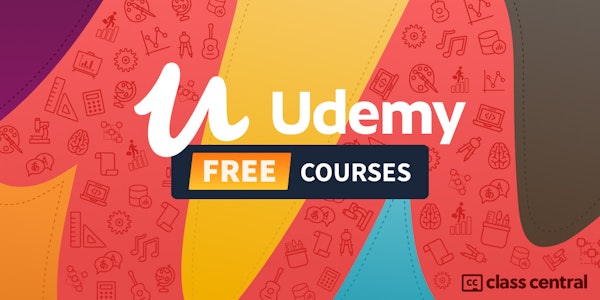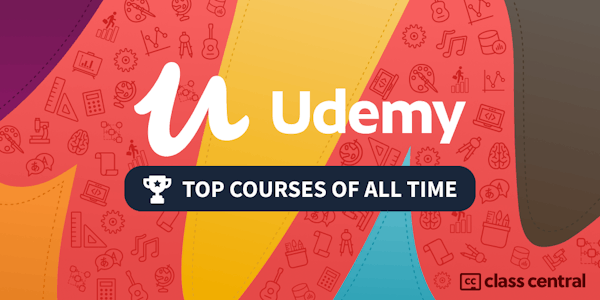What you'll learn:
- Get started with Python Programming from Scratch
- Introduction to Python
- Basic Elements of Python
- Installation of Python
- Input and Output Statements in Python
- Data Types and Operators in Python
- Operators, Functions, Strings in Python
- Type Conversion in Python
- Basic Programming in Python
- Introduction to Math Module in Python
- Conditional Statements and Looping in Python
- Lists, Tuples, Sets, Dictionaries in Python
- Built-in Methods, Lambda Functions in Python
- File Handling, Exception Handling in Python
- Python Programs and Programming Examples in Python
- Operator Precedence in Python
- Recursion in Python
- Object Oriented Programming in Python
- Time Module, Boolean in Python
- Miscellaneous Topics
A warm welcome to the Python course by Uplatz.
Python is one of the popular high-level, interpreted and general-purpose programming languages that is easy to use, comprehensive and powerful. In 1991, Guido van Rossum developed the Python programming language.
Python is a widely used dynamic programming language compared to other languages such as Java, Perl, PHP, and Ruby. It is often termed as a scripting language. It provides support for automatic memory management, multiple programming paradigms, and implements the basic concepts of object-oriented programming (OOP). Python is very simple, yet incredibly powerful programming language. You can use it for writing web and desktop apps, scripts, and more. This course teaches you the basics of Python syntax, functions, creating console and web apps, and distribution.
Python is a strongly-typed procedural language along with support for a huge and broad standard library. The library of Python provides support for many Internet protocols such as FTP, and IMAP. It has a unique syntax, which makes it different from other programming languages like Java, C++, and C. Some other amazing features of Python are as follows:
Open source language
Simple and easy to learn the language
Scalable and portable language
High-level language
Python has some great applications. It is widely used in the development of frameworks such as Django and Pyramid, and advanced content management systems. Python is an excellent first language for new programmers. It can be used for everything from video games to data visualization to machine learning.
Along with being the fastest growing programming language, Python is the language of choice for data science and it is widely used to build web application backends. In this remote course, you will get an in-depth hands-on understanding of Python fundamentals from a beginner to advanced level. This online course is for anyone new to Python with an interest in programming.
Python is the leading language of choice for many data scientists. Python has grown in popularity within the field due to the availability of many excellent libraries focused on data science (of which NumPy and Pandas are two of the most well-known) and data visualisation (like Matplotlib and Seaborn). Python really made Data crunching fun with all its numerous available libraries. Ipython with JupyterLab is another form of Python that improves the usage of Python in the field of data science.
This is a complete end-to-end course on Python programming provided by Uplatz. The goal of this course is to cover foundational aspects of Python programming with an emphasis on script writing, data manipulation, and program organization. By the end of this course, students should be able to start writing useful Python programs on their own or be able to understand and review the Python code written by their coworkers. This Python course provides a comprehensive and in-depth introduction to the Python language. You’ll learn to represent and store data using Python data types and variables, and use conditionals and loops to control the flow of your programs. You will be able to harness the power of complex data structures like lists, sets, dictionaries, and tuples to store collections of related data. Learning from this Python training, you will be able to define and document your own custom functions, write scripts, and handle errors. Also, you will learn to find and use modules in the Python Standard Library and other third-party libraries.
Python Programming - Course Objectives
Understand what is Python and where is it used
History and background of Python programming language
Learn the basic syntax and data structures of Python
Understand programming basics including functions, variables, and data types
Manipulate and output data using arrays, loops, and operators
Have a solid understanding of Python syntax
Master the fundamentals of writing Python scripts
Learn core Python scripting elements such as variables and flow control structures
Discover how to work with lists and sequence data
Write Python functions to facilitate code reuse
Use Python to read and write files
Make their code robust by handling errors and exceptions properly
Work with the Python standard library
Explore Python's object-oriented features
Search text using regular expressions
Develop the ability to write database applications in Python
Comprehensive Python Programming Course with Hands-on Coding - Course Syllabus
1. INTRODUCTION TO PYTHON: why learn python, feature of python, importance of learning python, application of python programming.
2. BASIC ELEMENTS OF PYTHON: keywords, datatypes, identifiers, operators, statements.
3. INSTALLATION OF PYTHON.
4. INPUT AND OUTPUT STATEMENTS IN PYTHON.
5. DATA TYPES IN PYTHON: int, float, strings, lists, tuples, dictionaries.
6. OPERATORS IN PYTHON: arithmetic, logical, assignment, relational, bitwise, membership operators.
7. TYPE CONVERSION IN PYTHON: implicit and explicit conversion in python.
8. BASIC PROGRAMMING IN PYTHON.
9. INTRODUCTION TO MATH MODULE IN PYTHON.
10. CONDITIONAL STATEMENTS IN PYTHON: simple if, simple if-else, multiple if-else, nested if-else.
11. LOOPING IN PYTHON: for loop, while loop in python, break and continue keywords in python, nested for loop in python.
12. FUNCTIONS IN PYTHON: declaration and definition of functions in python, passing arguments in functions, return keyword, function calling, arbitrary arguments, keywords arguments, default arguments in python.
13. STRINGS IN PYTHON: basics of strings, string functions.
14. LISTS IN PYTHON: introduction, list functions in python, list programs.
15. TUPLES IN PYTHON: basics, tuple functions.
16. SETS IN PYTHON: basics, set operations.
17. DICTIONARIES IN PYTHON: basics, functions in dictionaries, examples.
18. BUILT-IN METHODS IN PYTHON.
19. LAMBDA FUNCTIONS IN PYTHON.
20. FILE HANDLING IN PYTHON.
21. EXCEPTION HANDLING IN PYTHON.
22. PYTHON PROGRAM EXAMPLES.
23. OPERATOR PRECEDENCE IN PYTHON.
24. RECURSION IN PYTHON.
25. PROGRAMMING EXAMPLES IN PYTHON.
26. OBJECT ORIENTED PROGRAMMING IN PYTHON: class, objects, inheritance, polymorphism, terminologies, class attributes, object attributes, examples.
27. TIME MODULE IN PYTHON.
28. BOOLEAN IN PYTHON.
29. MISCELLANEOUS TOPICS.



